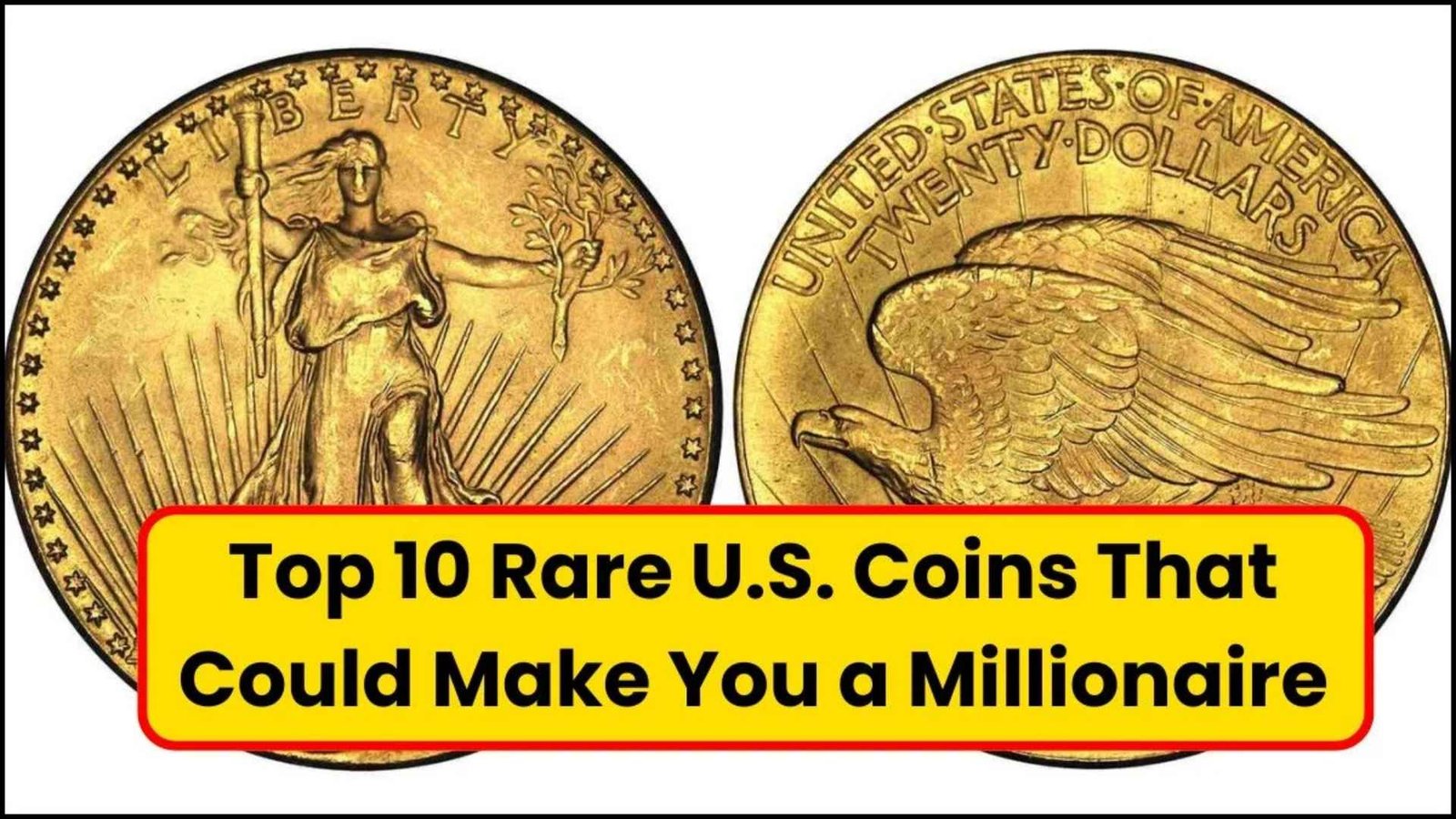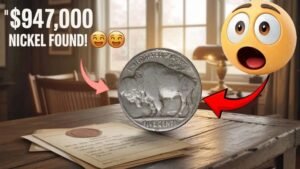What if the change rattling in your pocket could secretly be worth millions? Across the United States, some seemingly ordinary coins hide jaw-dropping values that could change your life overnight. Collectors and hobbyists are constantly on the hunt for these elusive treasures, and you might already have one without even knowing it.
The Hidden World of Rare U.S. Coins
While most coins are minted in the billions and quickly lose uniqueness, a rare few have mistakes, limited runs, or unique histories that make them worth a fortune. These aren’t just pieces of metal — they’re living artifacts that tell America’s story and ignite bidding wars among collectors.
Why Rare Coins Matter Today
In today’s economy, where inflation eats away at paper money, rare coins have become safe havens for collectors and investors alike. Their value isn’t just in the precious metals but in their rarity, demand, and mystique. Imagine turning a penny or quarter into a six-figure or million-dollar payday.
Top 10 Rare U.S. Coins Worth a Fortune
1. 1943 Bronze Lincoln Penny
A minting error turned this penny from steel to bronze. Only a handful exist, each worth over $100,000–$1 million.
2. 1913 Liberty Head Nickel
Only five are known to exist, making this one of the most coveted U.S. coins, selling for more than $4 million at auction.
3. 1804 Silver Dollar (The King of American Coins)
Nicknamed the “King of American Coins,” only 15 are known, with one fetching nearly $7 million.
4. 1870-S Seated Liberty Dollar
A coin so rare it wasn’t even listed in mint records. Estimated worth: $2 million or more.
5. 1794 Flowing Hair Silver Dollar
Considered the first U.S. silver dollar, one example sold for an unbelievable $10 million.
6. 1955 Double Die Lincoln Cent
This iconic error coin shows doubled lettering. Values range from $1,000 to $125,000, depending on condition.
7. 1933 Saint-Gaudens Double Eagle ($20 Gold Coin)
Infamous for being recalled by the government, surviving examples have sold for over $7 million.
8. 2000-P Sacagawea “Cheerios” Dollar
Handed out in cereal boxes as a promotion, rare examples with unique details are worth $5,000 to $25,000.
9. 1944 Steel Wheat Penny
Another minting accident. Normally bronze, these few steel pennies can reach $100,000 or more.
10. 1969-S Double Die Lincoln Cent
Highly sought after by collectors, these error coins are valued at $30,000 to $75,000.
Value Comparison of Famous Rare Coins
| Coin | Estimated Value | Rarity Level |
|---|---|---|
| 1943 Bronze Penny | $100,000 – $1M+ | Extremely Rare |
| 1913 Liberty Nickel | $4M+ | Only 5 Known |
| 1804 Silver Dollar | $7M | King of U.S. Coins |
| 1794 Flowing Hair Dollar | $10M | First Silver Dollar |
How to Tell If You Have a Rare Coin
Not all valuable coins look unusual at first glance. Here’s what to check:
| Feature | What It Means | Potential Value |
|---|---|---|
| Off-center strike | Mint error | $500 – $5,000 |
| Wrong metal (steel instead of bronze) | Minting mistake | $50,000+ |
| Double die lettering | Error coin | $1,000 – $125,000 |
| Mint marks (S, D, no mark) | Rare variations | $500 – $10,000+ |
Insider Tips for Coin Hunters
- Check your spare change — many million-dollar coins were discovered by accident.
- Use a magnifying glass to spot doubled dies or off-center errors.
- Weigh your coins — rare variations often have different weights.
- Get professional grading from PCGS or NGC to confirm authenticity.
FAQs About Rare U.S. Coins
Q: Can I really find these coins in circulation?
Yes, though extremely rare, many discoveries were made in everyday change.
Q: Are error coins always valuable?
Not all, but major minting mistakes can skyrocket in value.
Q: Where can I sell rare coins?
Auction houses, coin dealers, and collectors’ networks are the best places.
Conclusion
The world of rare U.S. coins is filled with mystery, history, and hidden fortune. From pennies worth thousands to silver dollars fetching millions, these treasures could be closer than you think. The next time you hold a coin, remember — it might just be the ticket to becoming a millionaire.




